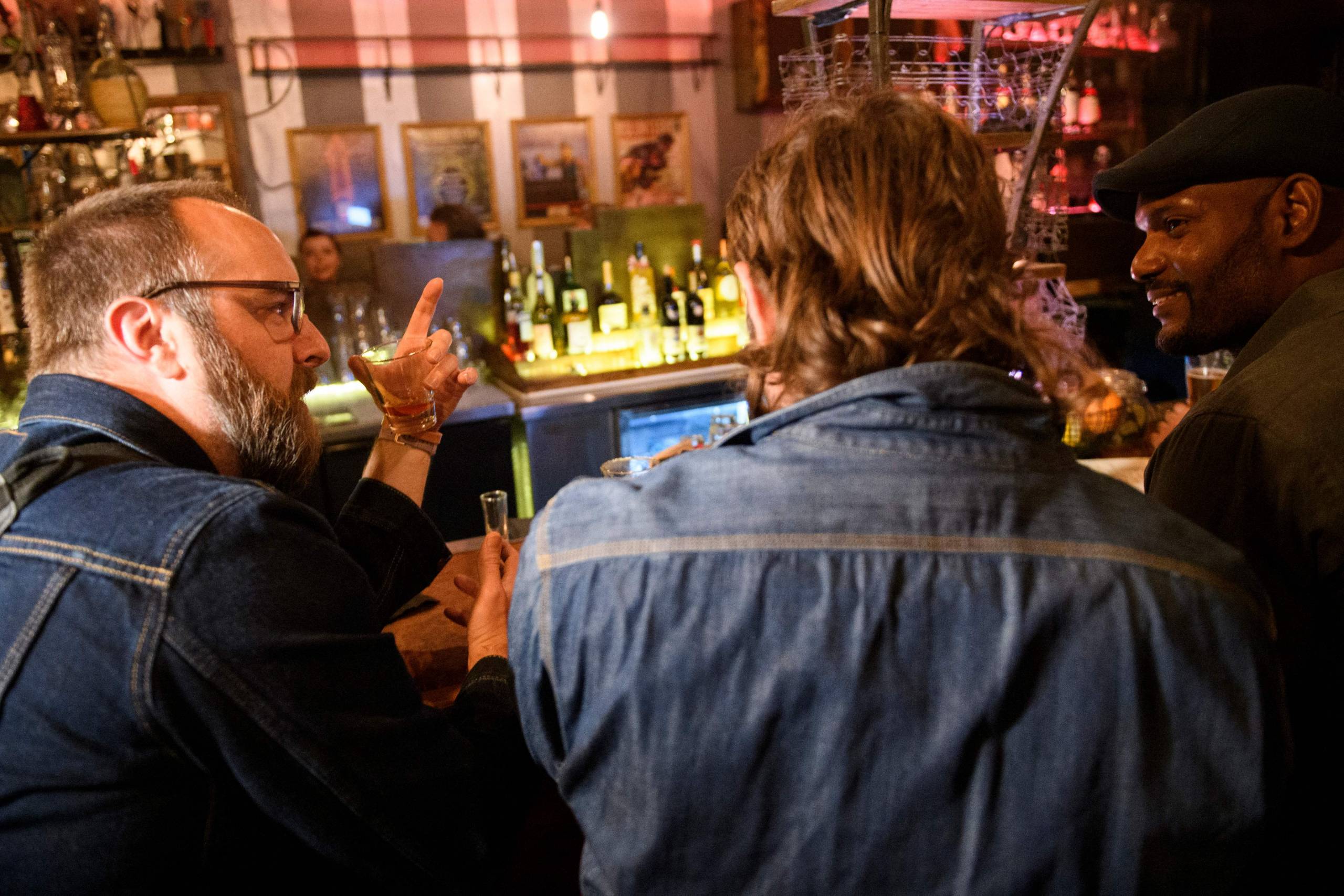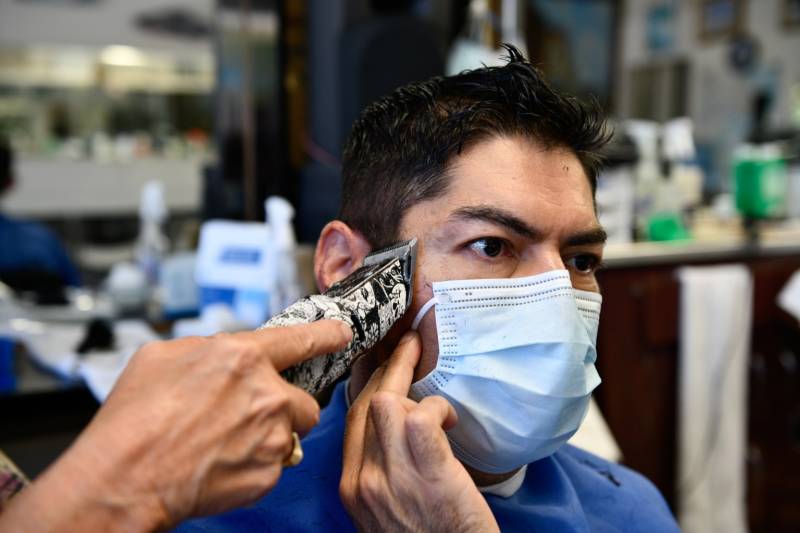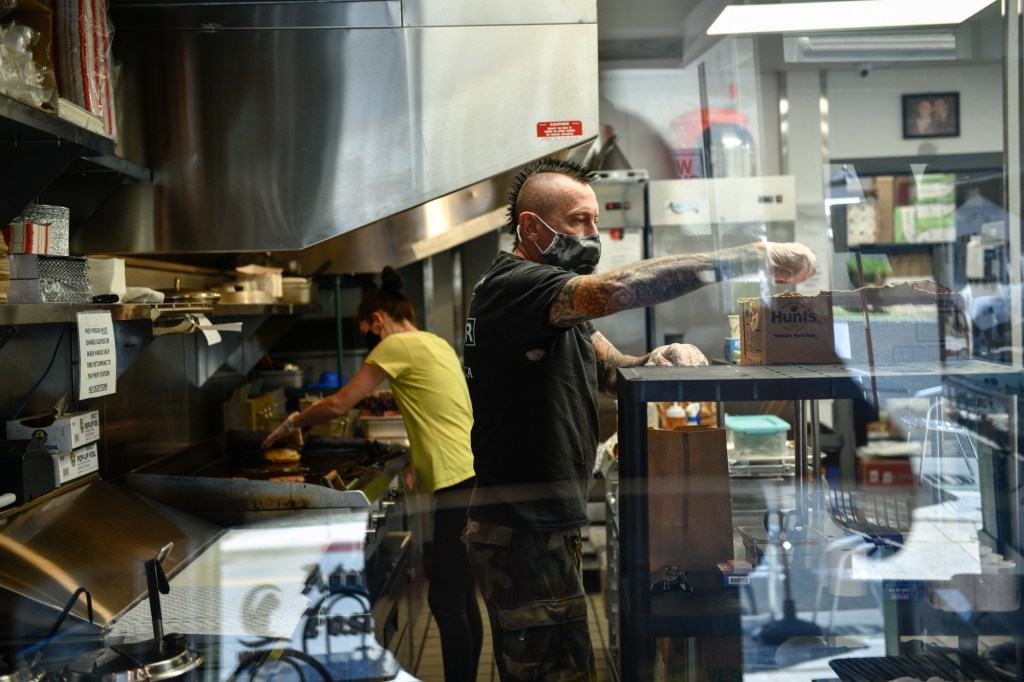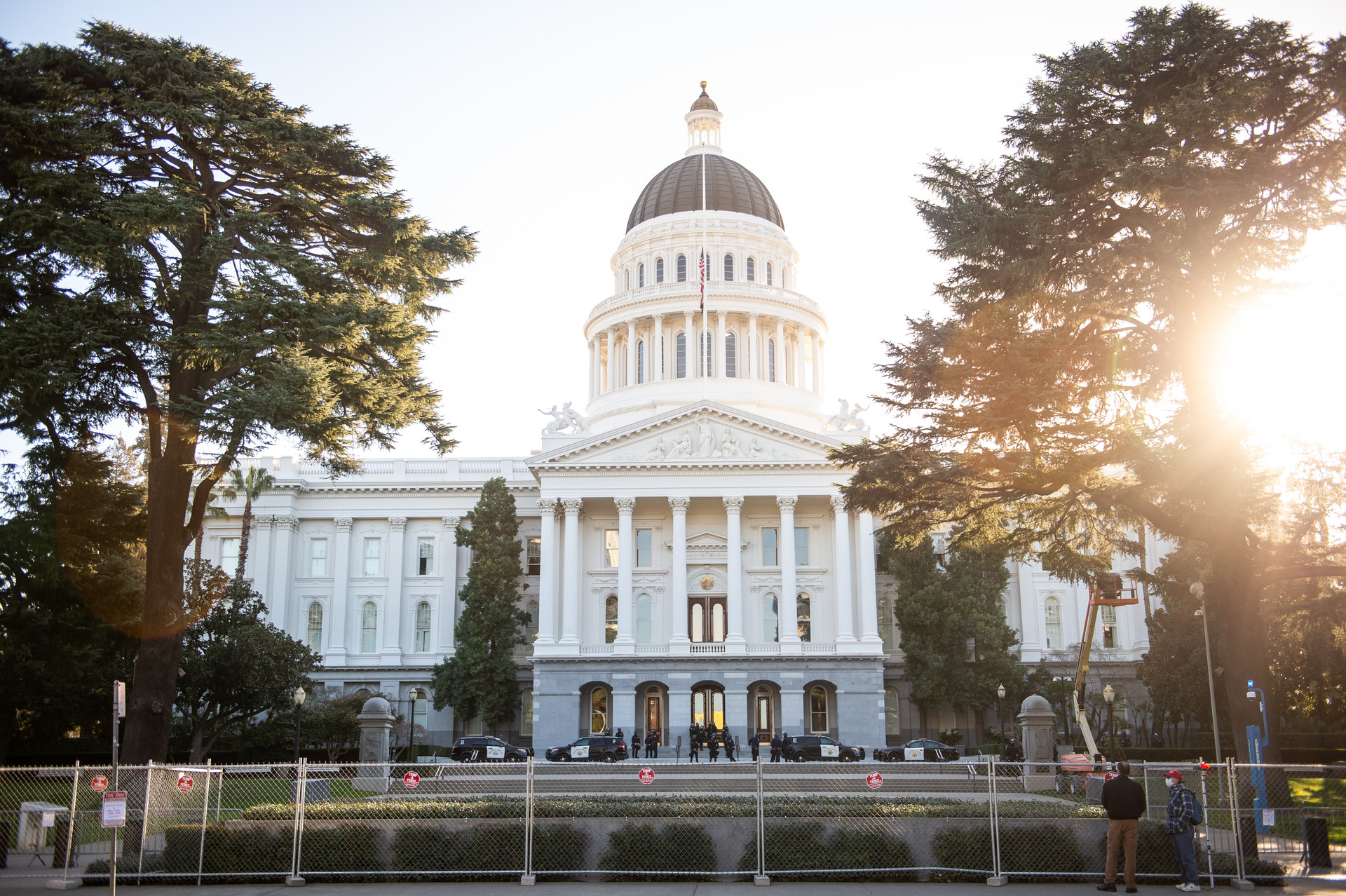California’s grand reopening day is finally here, but it comes with a few asterisks.
This Tuesday, our 15-month-long ordeal of public health restrictions, mandates, bans and color-coded tiers to stem the COVID-19 pandemic will finally come to an end. As Gov. Gavin Newsom said in April and reaffirmed in May, June 15 is when “we can start to open up…business as usual.”
But as that much-touted date approaches, the governor’s promise of a sudden milestone is colliding with the loophole-ridden gradualism of California labor law, local control and the imperatives of fighting a diminishing — but not defeated — virus that has killed 62,500 Californians and counting.
Some mixed messages along the way have added to the confusion. So what will — and won’t — actually happen on Tuesday? Many of your questions, answered.
Will I be able to sit inside a bar, work out at a gym or go to the movies?
Probably.
The average Californian can expect things to look fairly back-to-normal in most of the ways that matter.
Moving “beyond the blueprint,” to use the state’s branding, and instead using federal health guidance for public places means that most businesses can dispense with social distancing requirements, capacity limits and forced closures.
But there’s a difference between “can” and “must.”
Counties will still be free to impose their own public health restrictions if they choose to — but only if they’re stricter than what the state is requiring. So far, no counties have said that they’ll part ways with the state’s rules, though a few, like San Francisco, say they’re still mulling over their options.
Even so, businesses aren’t taking any chances. On Tuesday, more than 35 business groups sent a letter to county governments across the state begging them to stick to the statewide rules.
Though business groups, who don’t relish the idea of getting sued, are hoping for consistent, cheap and easy-to-follow standards, your favorite restaurant, movie theater or hair salon is also free to impose its own public health restrictions.
That means you shouldn’t be surprised if you still spot a few “No Mask, No Service” signs after June 15.
Can I go to a concert?
Depends. Are we talking open mic at the local bar or Beyoncé at an arena?
The state has said it will impose additional restrictions on “mega events.” That’s defined as anything that draws more than 5,000 people indoors or 10,000 outside. (Sorry, nameless dude playing a melodica into a loop pedal, you are not a mega event).
According to the most recent state guidance, concerts, conventions and other indoor mega events will only be open to people who can prove that they’ve either been vaccinated (by showing a vaccination card, a photo of the card, or documentation from a doctor) or that they tested negative for the coronavirus in the last 72 hours. That kind of proof won’t necessarily be required at outdoor events such as baseball games, but the state is recommending that stadiums either impose such a rule or require masking.

Once I’m inside the bar, gym or movie theater, can I finally take this mask off?
Yes, if you’re vaccinated.
California’s public health officials confirmed Wednesday that along with relaxed social distancing, the state will also drop its mask mandate on June 15 and instead adopt the recommendations of the federal Centers for Disease Control and Prevention.




